Lake Como is the the backdrop for the dramatic story of a herd of Haflinger horses and their struggle for survival. It’s a story – that without the help of some very special people – could so easily have ended in tragedy. Jan Mazzoni reports on The Horses of Bisbino…
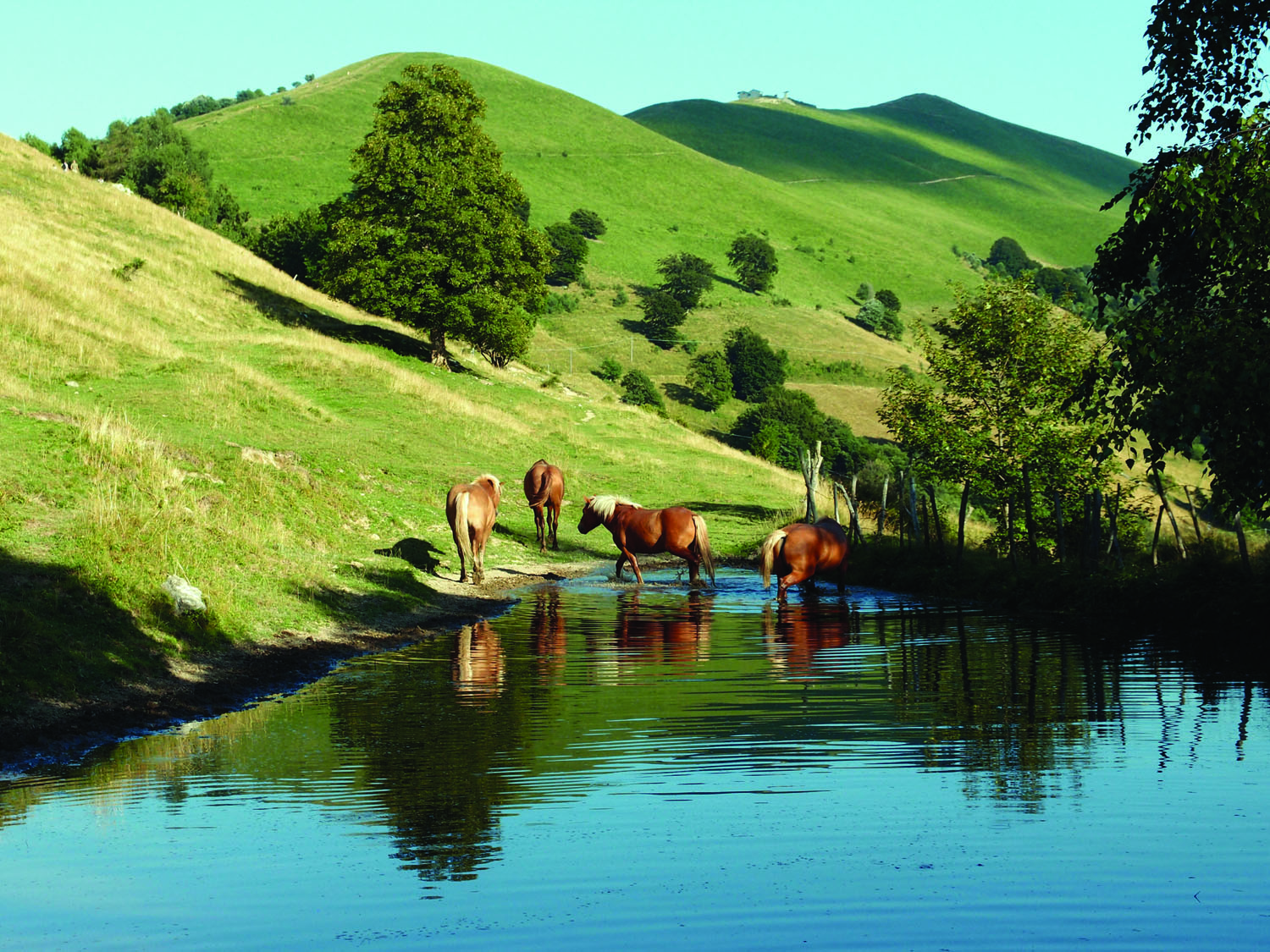
It’s early morning in the mountains above Lake Como, cold for May. Around me hovers an assorted bunch of bleary-eyed volunteers with mud-caked boots, scarves coiled around necks. We nod to each other, mutter buongiorno. The only sounds are the cat-like call of a buzzard, a stick cracking underfoot – and the soft snort of a restless horse. Finally one comes close to the fence of their enclosure. And I’m put instantly in mind of a l930s film siren, flaxen hair falling seductively across one large brown eye, a firm young body clad in gold satin. When I reach out she hesitates, almost touches my fingers, but then something spooks her and, tossing her head, she skips back to the trees.
Others in the herd are restless too. They know something is up. And they’re right.
We’re there for the transhumance, a twice-yearly tradition more common in southern Italy, usually involving livestock. Our task, though, is to walk twenty-four beautiful yet decidedly skittish blonde horses up from their winter quarters to the gentian-covered slopes where they will spend the summer grazing freely, happily and, most importantly, safely.
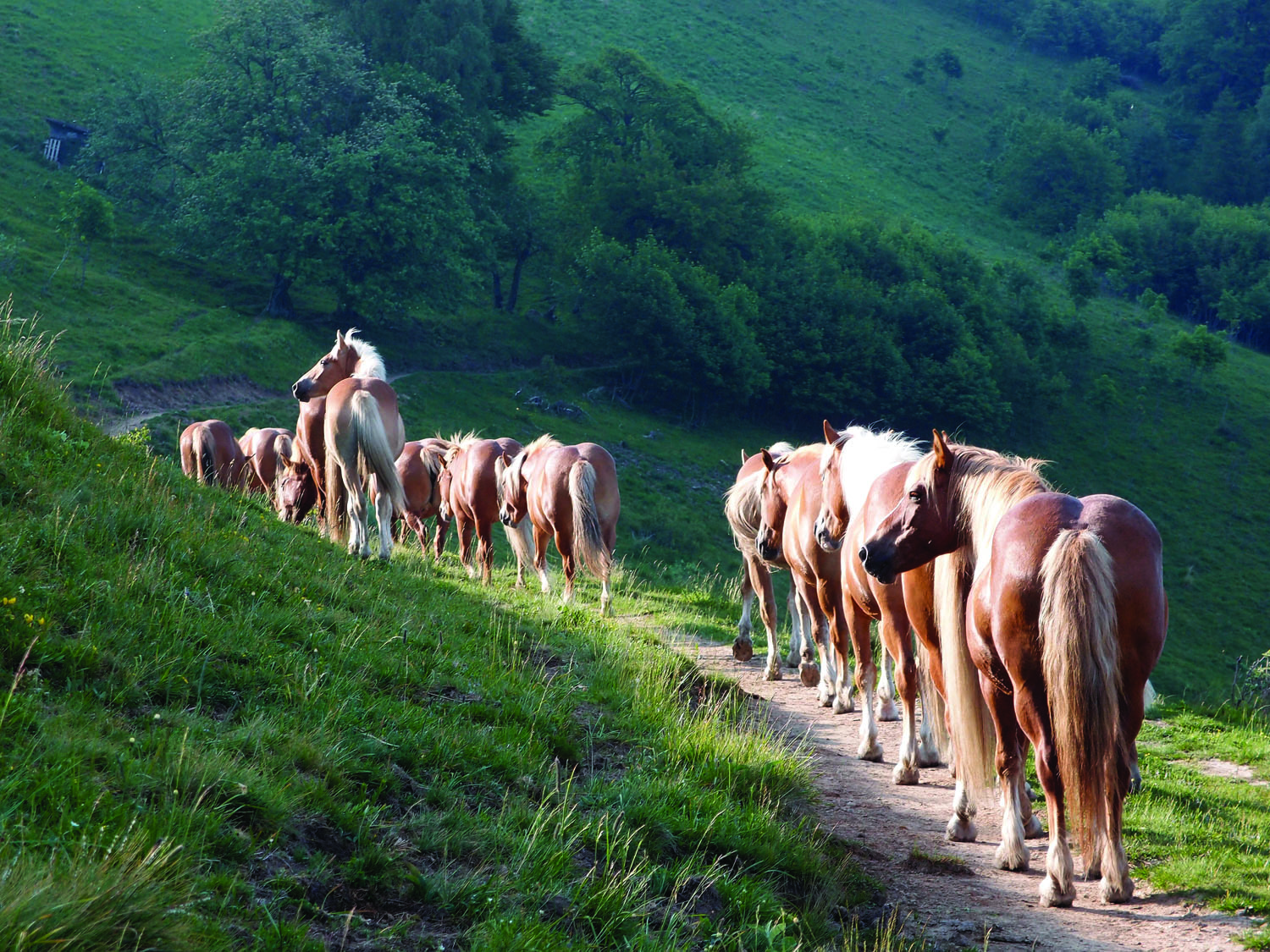
Now the gate swings wide and they emerge, falling into step behind a dark horse with rider, one of the Green Jacket volunteers who’ve been involved with this story from the start. Bringing up the rear, a mare and leggy foal. We follow on – local enthusiasts, tourists, young and old – all anxious to do our bit.
The three-hour journey climbs mostly through woods and countryside. We go too through a sleepy town where locals lean out of shuttered windows, smiling as the horses clip-clop by. And then we reach our destination, weary, but thrilled to watch as the horses fan out, gallop and roll and munch on the lush greenery. They will stay here until November, when they’ll be rounded up and walked back down to their winter quarters. For now, though, they are in paradise.
It’s hard to imagine they could have stirred up so much hatred. But though this is a story with a happy ending, only five years ago things looked bleak.
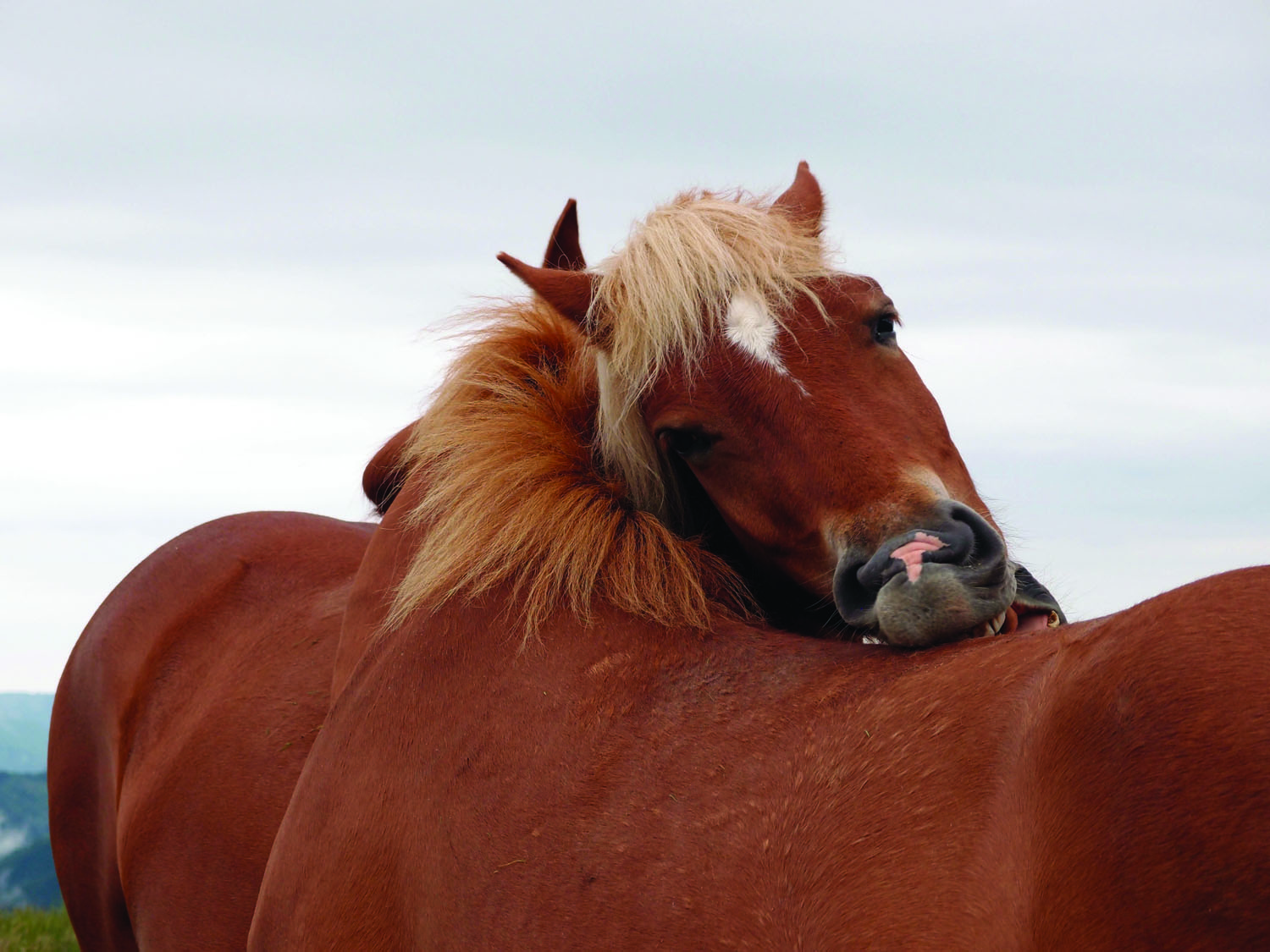
When their owner, a farmer who lived at the top of Monte Bisbino, died some years earlier, the horses were simply abandoned. Natural food and shelter were plentiful, and at first they managed without going near habitation – until the severe winter of 2008-’09 when over a metre of snow fell. Close to starvation the desperate animals had no choice but to go down to the villages to find food. What they found instead was a distinctly cool welcome.
In no time the complaints began. These brutes had forced their way onto private land, stolen food meant for farm animals, even eaten flowers left in the cemetery. They were a menace, dangerous. When the authorities did nothing, angry farmers took matters into their own hands. The terrified horses were shouted at, shot at, constantly risking broken legs as they fled for their lives. Someone suggested driving them into a ravine, and shortly after, a young, healthy stallion was found dead at the foot of the rocks. Even more worrying was the idea that they should all be rounded up and sent for slaughter.
It was at this time that a group of local horse lovers got together, determined to save this rare herd. With the Swiss border so close – some of the horses had been in trouble on that side of the mountains too – the local media in both countries were approached. And as news of their plight spread, so did offers of help.
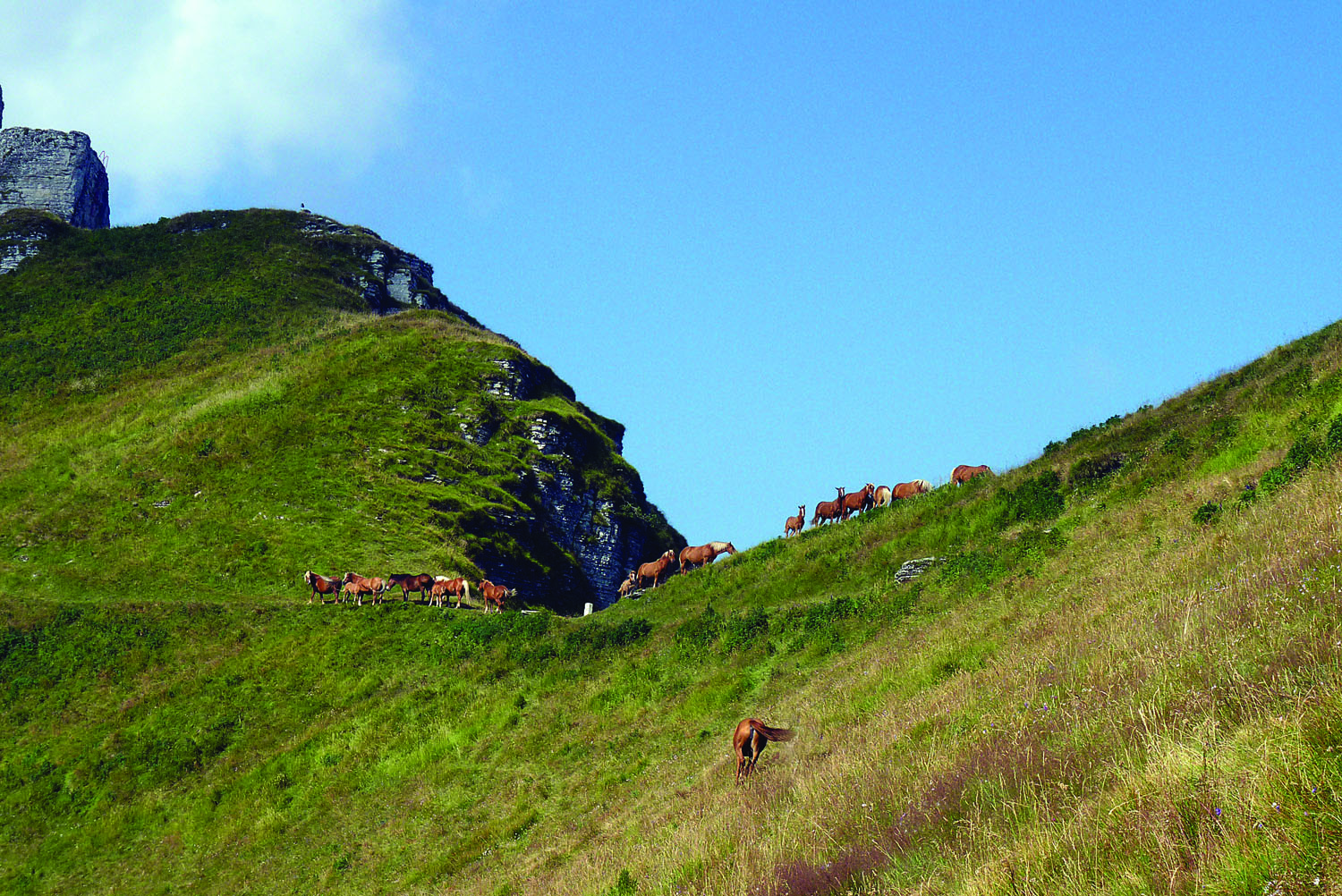
There were legal complications galore, practical issues to be sorted, vital funds to be raised. But eventually, the Horses of Bisbino Association was formed, with responsibility for the animals shared between Italian and Swiss enthusiasts. The aim is for the horses to live a life as natural as possible, spending their summers roaming free on mountain pastures, their winters lower down on land kindly donated by the town council.
Yet even now they’re not safe. Take Luna, her name was chosen by local schoolchildren even before she was born (obligingly she arrived with a white half-moon on her forehead). For one short summer she enjoyed life on the grassy slopes. Then she just disappeared.
Another foal made the mistake of becoming too tame, would take food from children’s hands, even come at their call. He too was there one day, gone the next.
It’s possible that a number of the missing horses were taken to become family pets. In an area where horsemeat is still popular, there’s also the possibility that they met a nastier end. Pastissada de Caval is a hearty local stew, and – if you can afford it – tender foal steak is a speciality in many city restaurants.
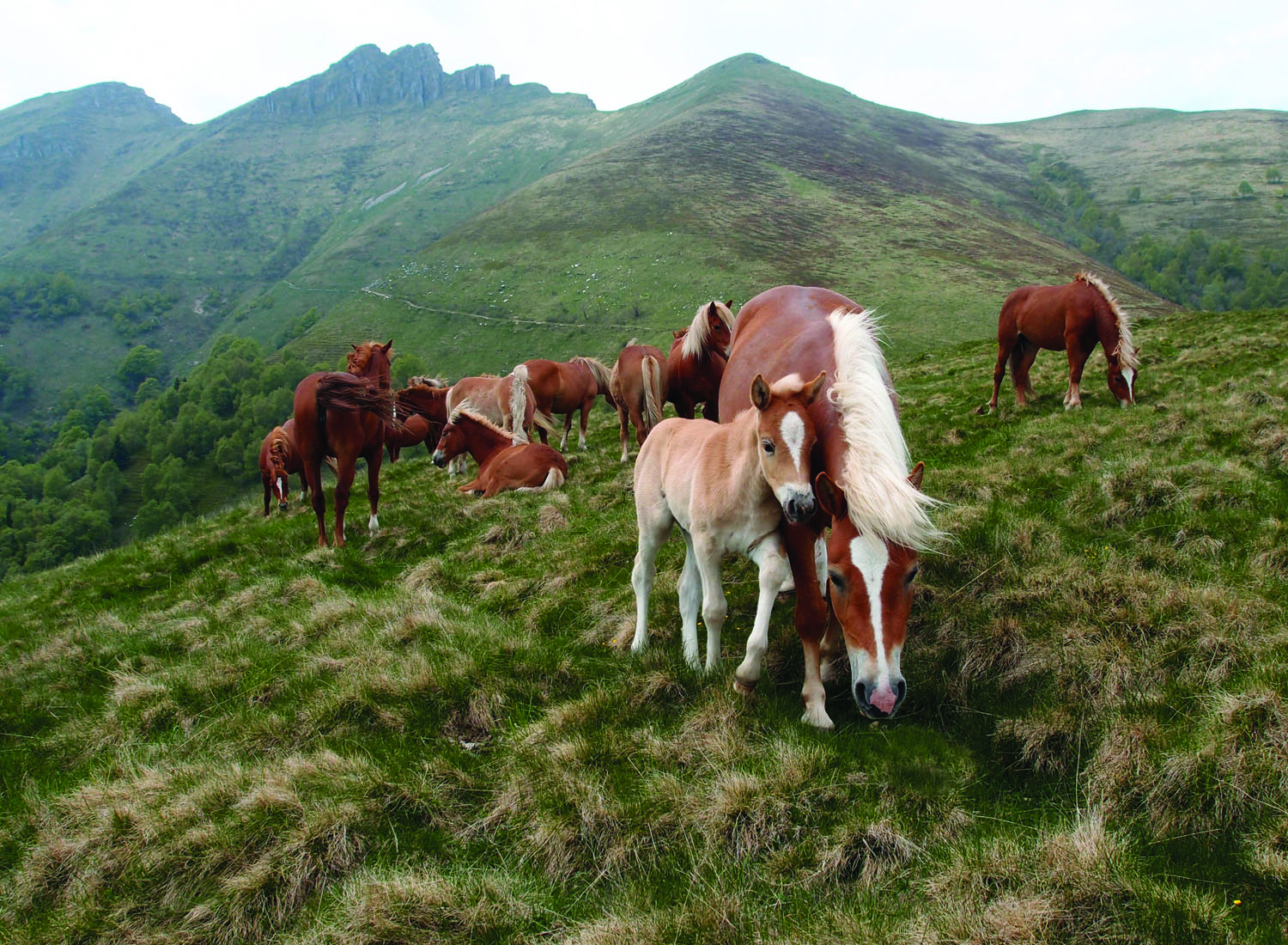
There are natural dangers too of course: a difficult terrain, snakes, wild boar – and giving birth in bad weather. A pregnant mare who evaded the transhumance and ended up trapped on a snowy ledge was lucky. She was rescued by helicopter. Sadly, her foal didn’t survive.
But the dedication of the association and its supporters is clear. In summer volunteers check the horses regularly. In winter, they provide hay, water, veterinary care. All this costs money of course, and the biggest challenge the association faces is raising that money. Fortunately, a British charity – the Anglo-Italian Society for the Protection of Animals (AISPA) – makes regular donations. Its supporters are only too happy to help ensure that the blonde horses of Bisbino stay safe for many years to come.
INFORMATION
➤To make a donation, go to www.aispa.org.uk
➤ For more details of the horses and the transhumance, see www.cavallidelbisbino.ch
